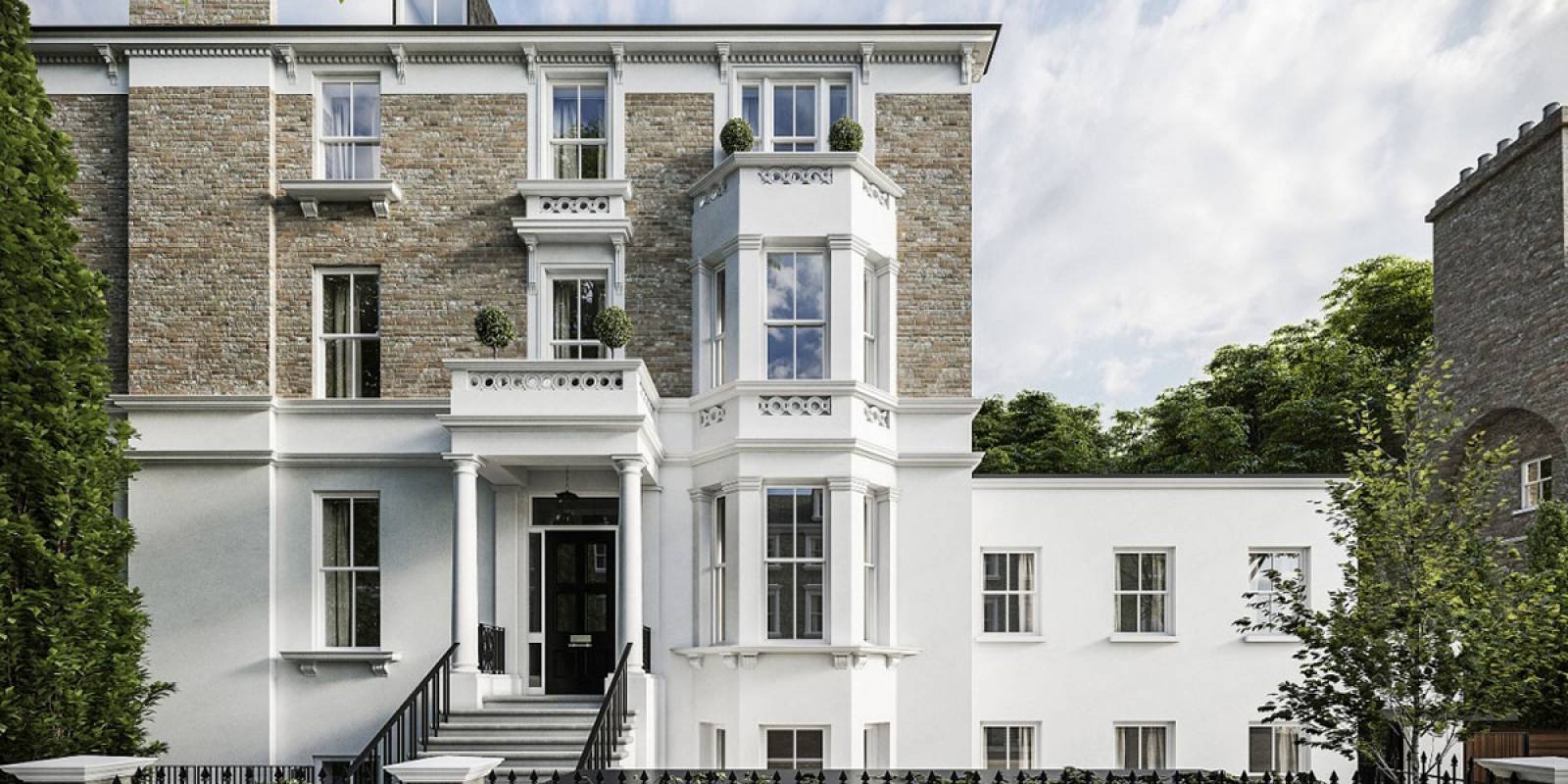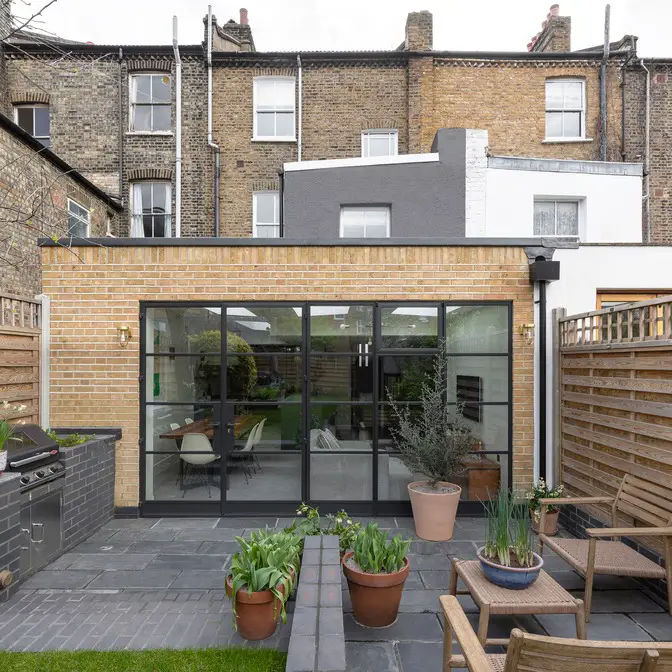
This article has been written with the guidance of a London property refurbishment specialist and it aims to provide homeowners and property investors in Britain with a comprehensive understanding of what to expect when undertaking such projects. From initial planning to the execution of various refurbishment elements, this guide covers essential aspects to ensure a successful property transformation.
Table of Contents
Property refurbishment is the process of renovating and improving an existing building to enhance its functionality, aesthetic appeal, and value. Unlike simple repairs, refurbishment often involves substantial alterations and upgrades, including structural changes, new installations, and cosmetic enhancements. The goal is to breathe new life into old properties, making them more comfortable, modern, and suitable for current living standards.
In London, property refurbishment is particularly significant due to the city’s rich architectural history and the high demand for housing. Many properties, especially older ones, require updates to meet contemporary standards and preferences. Whether you’re updating a Victorian townhouse or modernizing a mid-century apartment, refurbishment can significantly increase a property’s market value and improve living conditions.
The success of any refurbishment project largely depends on thorough planning. This stage involves assessing the current condition of the property, defining the scope of work, setting a budget, and obtaining necessary permits. Engaging with a professional refurbishment specialist early in the process can provide valuable insights and help avoid common pitfalls.
According to the property refurbishment professionals at https://www.property-refurbishment-london.co.uk/, one of the first steps is conducting a detailed survey of the property to identify any structural issues, outdated systems, or areas needing improvement. This survey will inform the development of a comprehensive refurbishment plan. It is essential to consider factors such as the property’s age, architectural style, and any historical significance, as these can influence the scope and approach of the refurbishment.
Budgeting is another critical aspect of planning. A clear budget helps prioritize tasks and ensures that the project stays within financial constraints. It is advisable to allocate a contingency fund to cover unexpected expenses that may arise during the refurbishment process.

Structural repairs and alterations form the backbone of any refurbishment project. These can include fixing foundation issues, reinforcing walls, replacing or repairing roofs, and updating electrical and plumbing systems. Ensuring the structural integrity of the property is paramount, as it provides a safe and stable base for further improvements.
Modernizing the interior layout and design can dramatically improve a property’s functionality and aesthetic appeal. This can involve reconfiguring room layouts, adding or removing walls, and installing new fixtures and fittings. Open-plan designs are particularly popular in contemporary refurbishments, as they create a sense of space and light.
Energy efficiency is a significant consideration in today’s refurbishment projects. Upgrading insulation, installing double-glazed windows, and integrating energy-efficient heating and cooling systems can reduce energy consumption and lower utility bills. Additionally, these improvements can make the property more environmentally friendly and appealing to eco-conscious buyers.
Cosmetic enhancements play a crucial role in the overall look and feel of the property. This includes painting, flooring, lighting, and decorative elements. Choosing high-quality materials and finishes can add a touch of luxury and ensure durability. Attention to detail in this stage can make a substantial difference in the property’s marketability.
Selecting the right professionals to handle your refurbishment project is essential. A reputable property refurbishment specialist can guide you through the entire process, from planning to completion. When choosing a specialist, consider their experience, portfolio, and client reviews. It is also beneficial to work with a team that includes architects, designers, and skilled tradespeople to ensure all aspects of the project are covered.
Effective communication with your refurbishment team is crucial. Regular updates and consultations can help ensure that the project progresses smoothly and any issues are addressed promptly. Transparency about timelines, costs, and expectations will contribute to a positive working relationship and a successful outcome.
Property refurbishment in London often involves navigating various regulatory requirements. Depending on the extent of the work, you may need to obtain planning permission, building control approval, and comply with listed building regulations. Engaging with a specialist who is familiar with local regulations can help streamline this process and ensure compliance.
It is important to understand the specific requirements for your property and the planned improvements. For example, listed buildings have strict guidelines to preserve their historical and architectural significance. Working within these constraints requires careful planning and sensitivity to the building’s character.
The refurbishment process typically involves several stages, each with its own set of tasks and considerations. Understanding these stages can help you manage the project more effectively.
As mentioned earlier, this stage involves assessing the property, defining the scope of work, setting a budget, and obtaining necessary permits. Detailed planning sets the foundation for a successful refurbishment.
This stage focuses on addressing any structural issues and making necessary alterations. It may involve reinforcing foundations, repairing or replacing roofs, updating plumbing and electrical systems, and other essential repairs.
Once the structural work is complete, attention turns to interior and exterior improvements. This can include reconfiguring room layouts, installing new fixtures, updating insulation, and enhancing the property’s façade.
The final stage involves adding the finishing touches that make the property stand out. This includes painting, flooring, lighting, and decorative elements. High-quality finishes and attention to detail can elevate the property’s appeal and value.
Refurbishing a property in London offers numerous benefits, both for homeowners and investors. Here are some of the key advantages:
One of the primary benefits of refurbishment is the potential to increase the property’s market value. Well-executed improvements can attract higher offers from buyers and yield a significant return on investment.
Refurbishment can dramatically improve the comfort and functionality of a property. Modernized layouts, updated systems, and energy-efficient features create a more enjoyable living environment.
For older properties, refurbishment offers an opportunity to preserve and enhance historical and architectural features. This can add character and charm to the property, making it unique and desirable.
Upgrading to energy-efficient systems and materials can reduce energy consumption and lower utility bills. This not only benefits the environment but also makes the property more appealing to eco-conscious buyers.
While property refurbishment offers many benefits, it also presents several challenges. Being aware of these challenges can help you prepare and manage the project effectively.
Staying within budget can be challenging, especially if unexpected issues arise during the refurbishment process. Having a contingency fund and a clear budget plan can help mitigate this risk.
Navigating regulatory requirements can be complex and time-consuming. Engaging with professionals who are familiar with local regulations can help ensure compliance and avoid delays.
Refurbishment projects can cause significant disruption and inconvenience, especially if you are living in the property during the work. Planning the project timeline and communicating with your refurbishment team can help minimize disruption.
Ensuring high-quality workmanship and materials is essential for a successful refurbishment. Working with reputable professionals and conducting regular inspections can help maintain quality standards.
Property refurbishment in London is a rewarding yet complex undertaking. With careful planning, the right team of professionals, and a clear understanding of the process, you can transform an outdated property into a modern, comfortable, and valuable asset. Whether you are a homeowner looking to enhance your living space or an investor seeking to maximize returns, refurbishment offers numerous opportunities to improve and add value to your property. By considering the insights and advice from a London property refurbishment specialist, you can navigate the challenges and enjoy the benefits of a successful refurbishment project.
Sources: https://www.property-refurbishment-london.co.uk/ Address: 21 Ellis Street, London SW1X 9AL. 02038621978